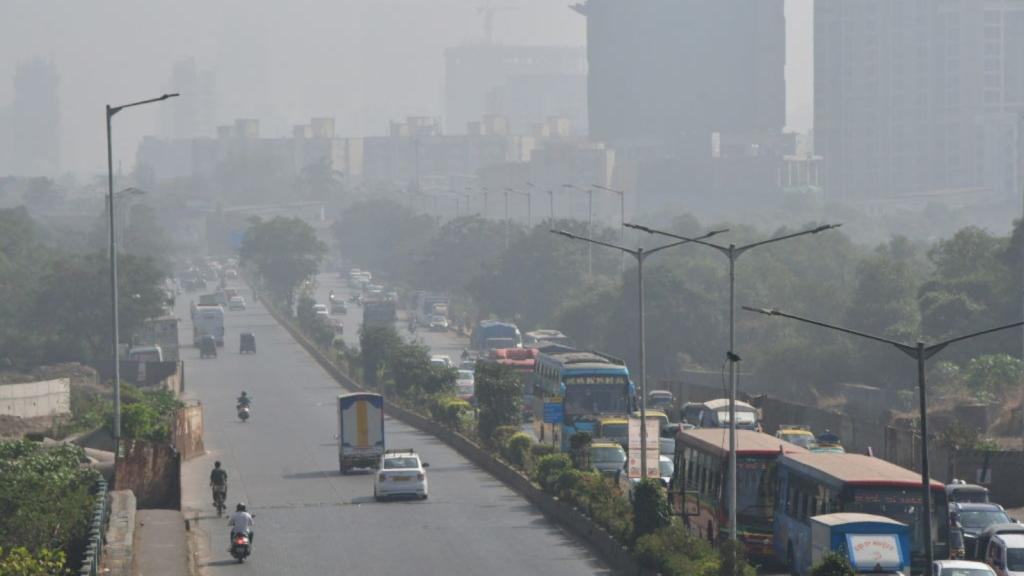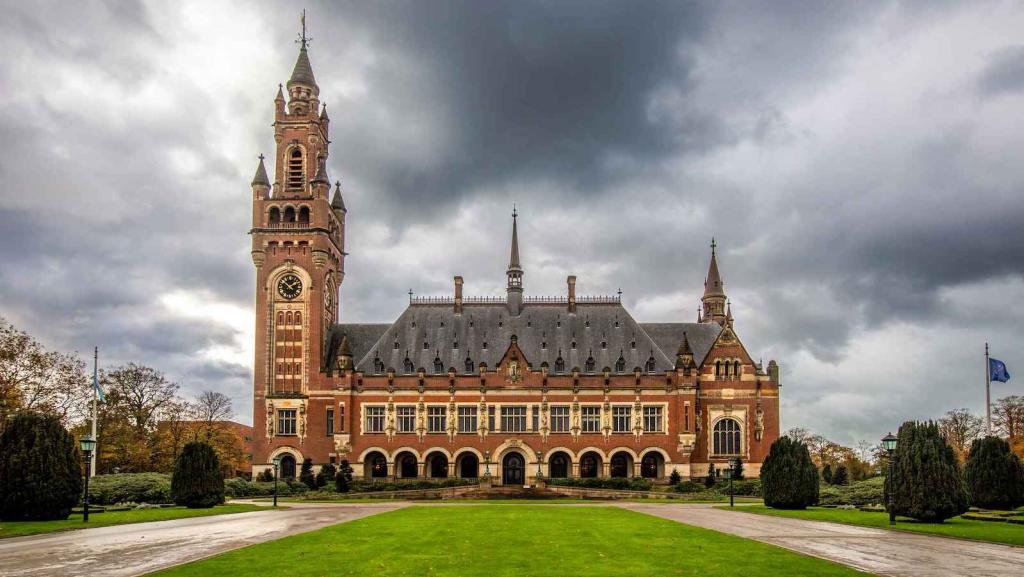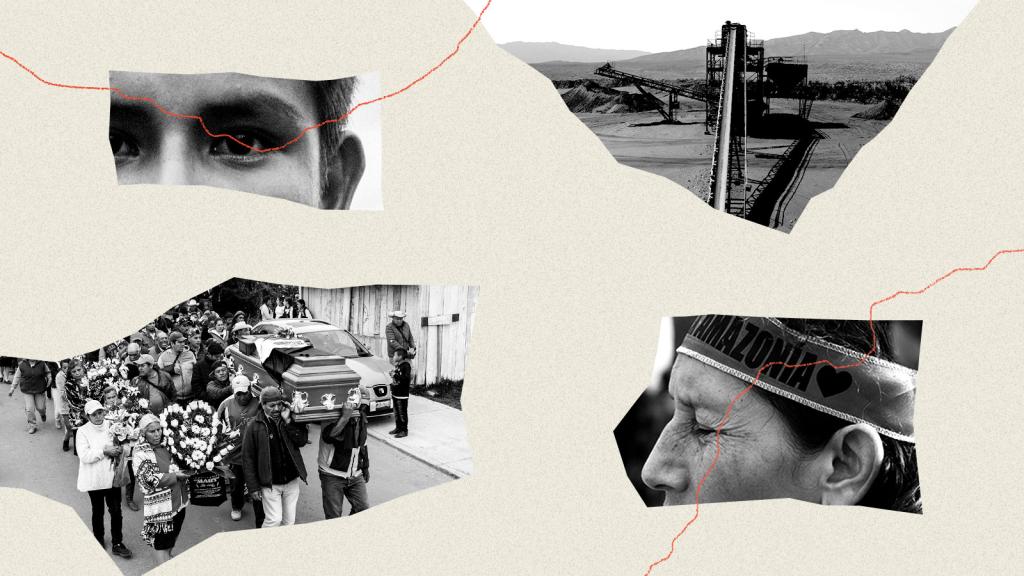The island of Mindanao in the Philippines is ringed by beaches and covered in volcanoes and gardens of exotic orchids. Mindanao has been home to the Indigenous Lumad peoples for centuries, but beginning in 2026, the island will become the site of the Philippines’ largest mining project. The Tampakan Copper-Gold Project has been in the works since large gold reserves were confirmed in the 1990s, and since its inception, there has been intense Indigenous resistance. Kat Dalon is one of those people working to stop the mine.
Dalon has been fighting to stop the mine for most of her life. Today, she writes and organizes to stop the project. ”We will realize our right to practice self-determination,” she said.
A new report from Global Witness, an international human rights advocacy group, says that increasing demand for transition minerals necessary for green energy are putting Indigenous peoples, like the Lumad, as well as critical biodiversity in the Philippines at risk. More than a quarter of lands in the Philippines identified for mineral mining overlap with b... Read more










